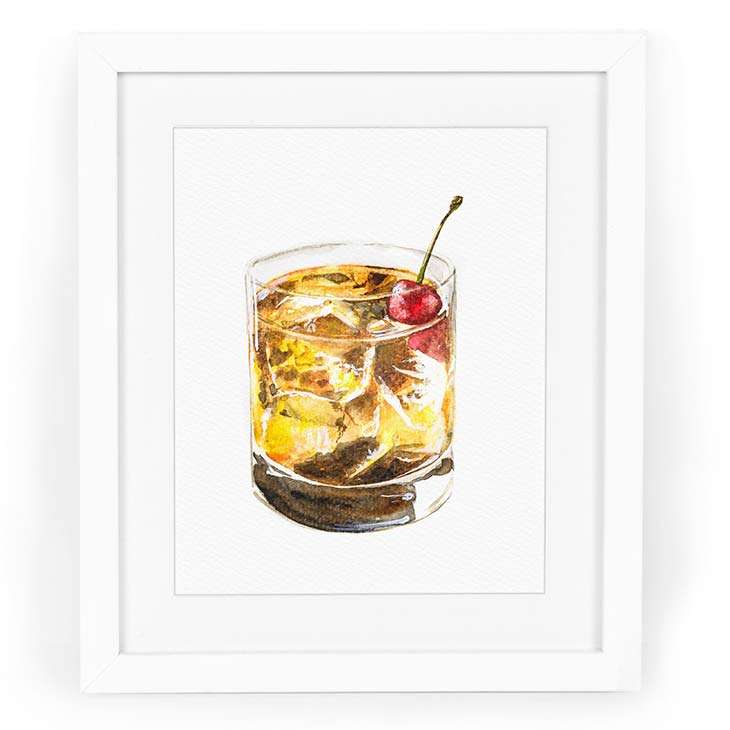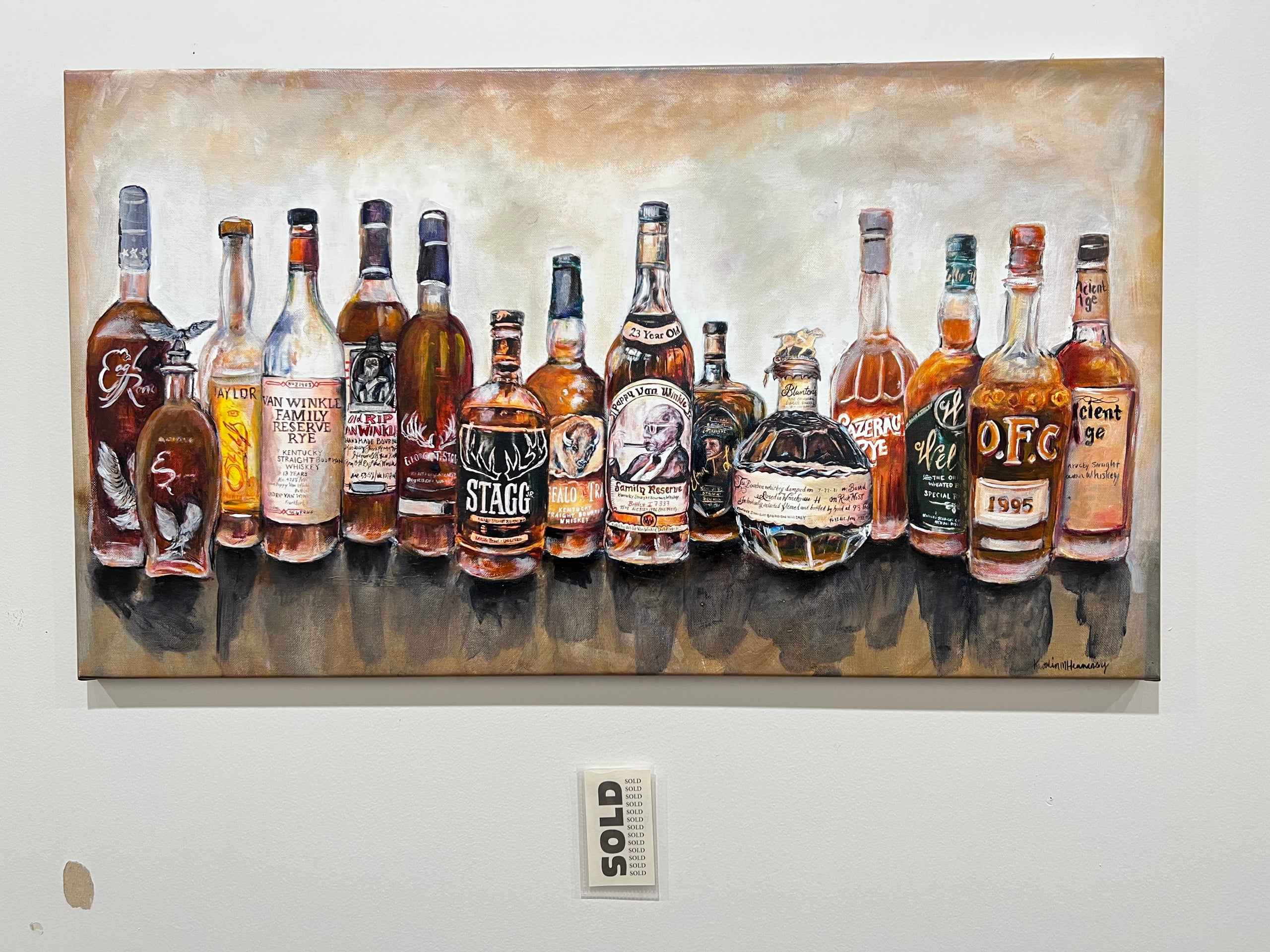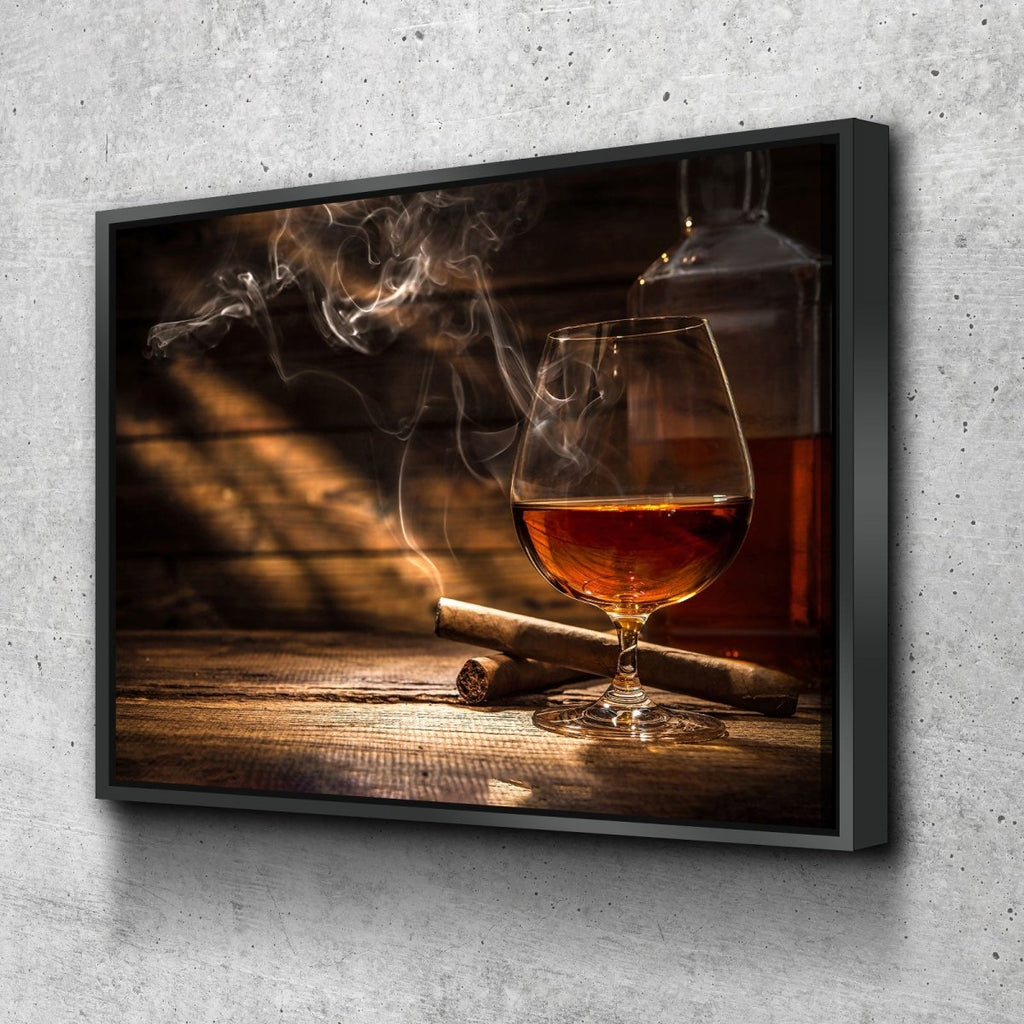The Attraction of Realism Art: A Deep Dive into Whiskey's Rich Heritage
The Attraction of Realism Art: A Deep Dive into Whiskey's Rich Heritage
Blog Article
The Significance of Whiskey Art in Celebrating Heritage and Craftsmanship in the Beverage Industry
The intricate connection in between scotch art and the party of heritage and craftsmanship within the beverage industry can not be overstated. With thoughtfully made tags and bottles, whiskey brands envelop their historical origins and the artisanal abilities that define their manufacturing approaches.
The Historical Roots of Whiskey
At the heart of bourbon's allure lies an abundant tapestry of historic roots that map back to ancient worlds. The origins of bourbon can be connected to the distillation practices of the Sumerians and Babylonians around 2000 BCE, where very early kinds of fermented grain drinks started to emerge. Nonetheless, it was in the Center Ages that the art of purification developed significantly, particularly in Ireland and Scotland, bring about the creation of bourbon as we understand it today.
The term "whiskey" itself derives from the Gaelic word "uisce beatha," suggesting "water of life." This phrase highlights the cultural significance of scotch in Celtic societies, where it was often connected with routines, parties, and common bonding. By the 15th century, purification came to be an identified craft within monastic areas, leading the way for the facility of lawful distilleries.
As profession paths increased, scotch's popularity grew, transcending local limits and catching the interest of connoisseurs worldwide. Limited Edition. This historic journey mirrors not only the craftsmanship behind whiskey production but likewise its integral function in social and social contexts, noting it as a considerable beverage throughout history
Artistic Expression in Branding
Whiskey branding stands as an engaging crossway of virtuosity and commerce, where visual identification plays a critical function fit customer understanding. The aesthetic appeals of bourbon tags, packaging, and marketing products reflect not just the brand name's tale but likewise its core worths and heritage. With imaginative expression, distilleries communicate a story that resonates with customers, stimulating emotions and sparking links.
Making use of color, typography, and imagery in branding offers to distinguish items in a saturated market. Typical themes may stimulate a sense of authenticity and workmanship, while modern-day styles can represent technology and forward-thinking. This calculated artistic direction improves brand name acknowledgment and commitment, permitting customers to build an individual partnership with the scotch they select.
Furthermore, artistic expression in branding commonly offers as a party of local heritage. Distilleries frequently incorporate local signs or historical referrals into their styles, developing a local color that invites consumers to take part in a broader social experience. Ultimately, the creativity behind scotch branding not just improves aesthetic appeal but likewise enriches the overall narrative of the brand, promoting a much deeper appreciation for the craftsmanship and heritage embedded in each container.
Workmanship in Bottle Style
The artistry apparent in whiskey branding expands beyond aesthetic identification to encompass the workmanship associated with bottle style. Each container works as a vessel not simply for the spirit within, but additionally for the story it informs regarding its beginning, quality, and custom. The style procedure calls for precise interest to detail, as components such as closure, shape, and product add considerably to the total understanding of the scotch.
Workmanship in bottle layout involves selecting top quality glass that can improve the whiskey's color and clarity, while likewise giving a tactile experience for the customer. The shape of the bottle need to be both cosmetically enticing and useful, commonly reflecting the heritage of the brand. Several distilleries choose unique shapes or printed logo designs that evoke a sense of credibility and background.
Furthermore, the label layout and typography play a crucial duty in connecting the brand's narrative. Realism Art. A well-crafted bottle not just captivates the customer's eye however also reinforces the brand's dedication to quality and tradition. In this method, the craftsmanship of container layout ends up being a crucial aspect of the whiskey experience, merging virtuosity with a profound respect for heritage
Cultural Value of Scotch Art
Celebrating website link practice and craftsmanship, the social significance of scotch art goes beyond plain appearances, linking with the historic and social stories of the regions where it stems. Each bottle works as a canvas, showing the distinct stories, mythology, and customs that have shaped local whiskey-making methods. The elaborate layouts usually show the heritage of the distillers, including signs and concepts that resonate with the society and values of their neighborhoods.

Additionally, scotch art plays a crucial duty in common gatherings and parties, offering as a concrete web link in between people and their shared experiences. By appreciating the creativity in whiskey packaging, customers grow a deeper understanding and regard for the craft, ultimately enriching their satisfaction of the drink itself.
Modern Trends in Bourbon Presentation
Recently, the presentation of bourbon has actually progressed to mirror contemporary tastes and trends while still honoring standard craftsmanship - Whiskey Art. Distilleries are significantly concentrating on aesthetic aspects that improve the general drinking experience, linking the void between heritage and modernity
Ingenious bottle layouts have arised, commonly incorporating lasting products and artistic labels that tell engaging stories. Many brands now work together with regional musicians, instilling their products with special aesthetic expressions that resonate with consumers. try this out In addition, limited-edition releases are usually packaged in collectible containers, including worth and appeal for lovers.

Verdict
Finally, whiskey art functions as a vital channel for revealing the heritage and craftsmanship integral in the beverage industry. Via elaborate branding, innovative bottle layouts, and culturally substantial creative elements, bourbon brand names properly recognize their traditions and get in touch with consumers. This artistic story not only boosts the recognition of bourbon however also strengthens community identification and satisfaction amongst producers. Eventually, bourbon art plays an essential duty in preserving and celebrating the rich social tapestry of whiskey-making.


Workmanship in container style entails selecting high-grade glass that can boost the bourbon's color and clearness, while also providing a tactile experience for the customer. In this means, the craftsmanship of bottle layout ends up being a vital element of the whiskey experience, merging creativity with an extensive regard for heritage.
In final thought, scotch art serves as a crucial channel for sharing the heritage and craftsmanship intrinsic in the drink market.
Report this page